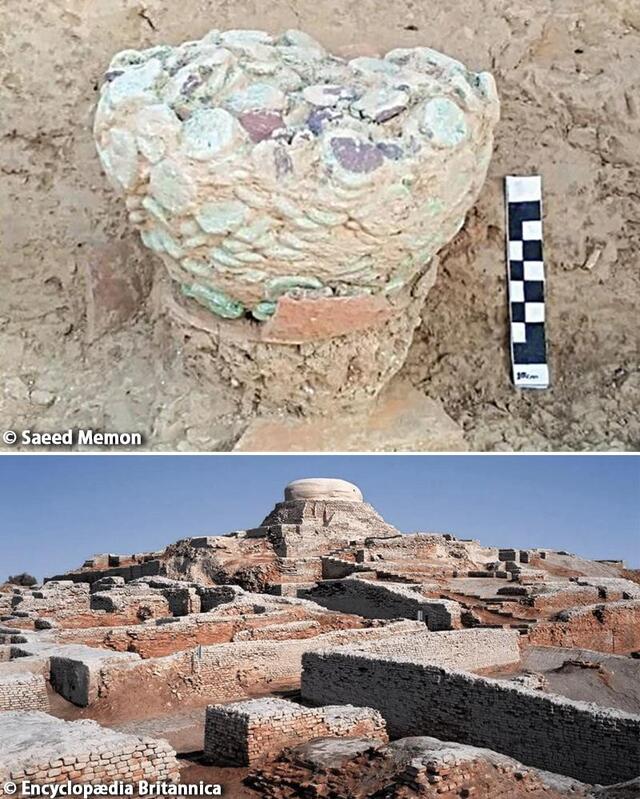After nearly a century, a pot filled with copper coins dating back to the Kushan period has been unearthed at Mohenjo Daro, the 5,000-year-old city of the Indus Valley Civilization. This remarkable find, discovered during conservation work, has reignited interest in one of South Asia’s most iconic archaeological sites. What secrets do these coins hold, and how do they fit into the tapestry of Mohenjo Daro’s long history?
Mohenjo Daro: The Crown Jewel of the Indus Valley
Known as the “Mound of the Dead,” Mohenjo Daro is a UNESCO World Heritage Site and a marvel of ancient engineering. Built between 2600 and 1900 BCE, the city showcases advanced urban planning, complete with grid-patterned streets, drainage systems, public baths, and sophisticated architecture made entirely of unbaked bricks. This city was a centerpiece of the Indus Valley Civilization, a society famed for its innovation, trade, and egalitarian structure.
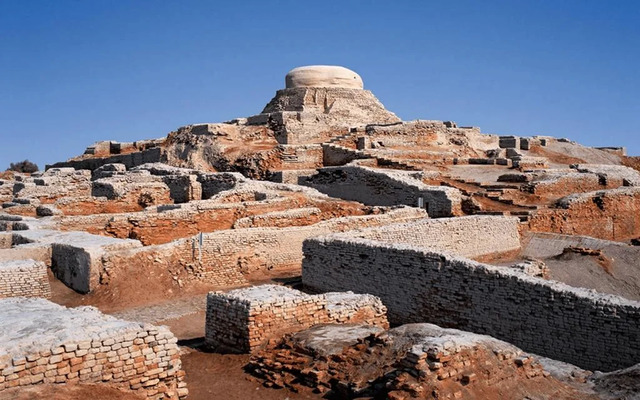
Discovered in the 1920s, Mohenjo Daro has since been a focal point for archaeologists worldwide. However, most studies focus on its peak as an Indus Valley settlement. Less is known about its usage in later periods, particularly during the Kushan era. The recent discovery of copper coins at the site adds an intriguing layer to its long-standing legacy, suggesting continued activity long after the city’s initial decline.
The Discovery: A Long-Lost Treasure Recovered
The find occurred during conservation work on the Western side of Mohenjo Daro near its stupa—a prominent Buddhist structure built during a later phase of the city. Workers uncovered a pot filled with ancient coins, buried deep within the debris of Divinity Street. Initially reburied for safekeeping, the pot and its contents were later excavated under the supervision of archaeologists, including conservationist Ghulam Shabir Joyo and site director Dr. Syed Shakir Shah.
The jar, weighing approximately 5.5 kilograms, contained copper coins that were corroded and fused together due to centuries of exposure to the elements. The team carefully transported the artifacts to the site’s soil testing laboratory for analysis, marking a pivotal moment in the ongoing conservation efforts at Mohenjo Daro.
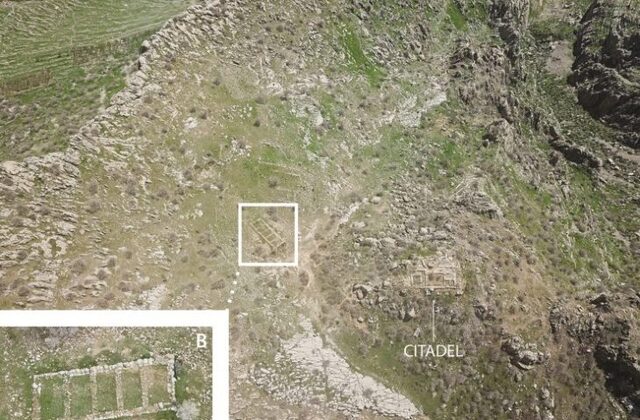
The Kushan Empire: A Period of Prosperity and Exchange
Dating back to the 1st to 3rd centuries CE, the Kushan Empire was one of the most influential dynasties in Central and South Asia. Known for their cosmopolitan culture, the Kushans facilitated trade along the Silk Road, connecting India, China, Central Asia, and the Mediterranean. Their coins often depicted rulers, deities, and symbols of power, serving as both currency and a means of spreading political and religious propaganda.
The copper coins discovered at Mohenjo Daro likely date to this prosperous era, when the region was a hub for cultural exchange and commerce. The presence of Kushan artifacts in a site primarily associated with the Indus Valley raises intriguing questions about its role during this time. Was Mohenjo Daro a trade hub, a religious center, or perhaps a site of pilgrimage during the Kushan period? These coins may hold the answers.
Analyzing the Artifacts: Unlocking the Past
The coins, heavily corroded and fused together, required meticulous conservation techniques for analysis. Using non-invasive methods such as X-ray fluorescence (XRF) and microscopic imaging, researchers aim to uncover details about their inscriptions, designs, and alloy composition. These findings could reveal the coins’ minting locations, economic value, and distribution patterns.
Early indications suggest that the coins bear hallmarks of Kushan artistry, including inscriptions in Greek and Kharosthi script—a testament to the empire’s multicultural influence. These details not only provide insights into the Kushan economy but also hint at the trade routes and cultural exchanges that connected Mohenjo Daro to the broader ancient world.
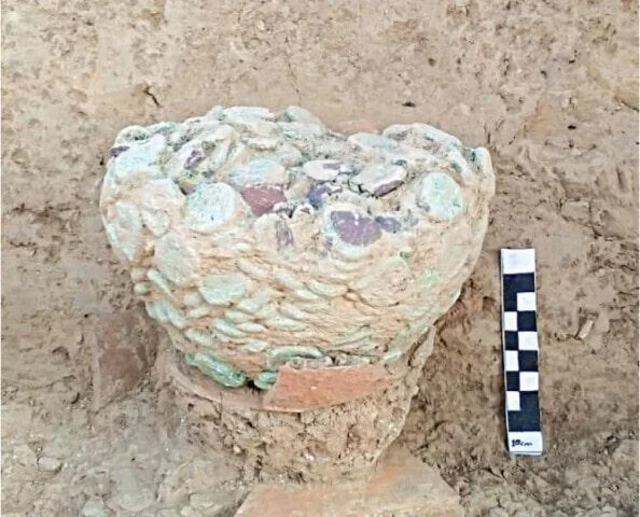
A Pot of Secrets: Why the Coins Were Buried
One of the most intriguing aspects of this discovery is the context in which the coins were found. Why were they buried in a pot beneath the stupa at Mohenjo Daro? Archaeologists speculate that the coins may have been part of a ritual offering or hidden for safekeeping during times of unrest. The stupa’s religious significance suggests a possible link to Buddhist practices, which were prevalent during the Kushan era.
Alternatively, the coins could represent an emergency hoard, buried by merchants or residents during a period of conflict or uncertainty. Such practices were common in ancient times, as hoards of coins and valuables were often hidden to protect them from invaders or natural disasters.
Mohenjo Daro’s Continued Significance
The discovery of Kushan-period artifacts at Mohenjo Daro highlights the site’s enduring importance long after the decline of the Indus Valley Civilization. While the city’s original inhabitants are believed to have abandoned it around 1900 BCE, its strategic location and infrastructure likely made it a desirable site for subsequent cultures.
During the Kushan period, Mohenjo Daro may have served as a waypoint for traders traveling along the Silk Road or a center for religious activities. The presence of a stupa further underscores its role as a spiritual site, reflecting the spread of Buddhism across the region during this era.
The Role of Conservationists in Rediscovering History
The rediscovery of these coins would not have been possible without the dedication of the conservationists and archaeologists working at Mohenjo Daro. Their efforts underscore the importance of preserving ancient sites, which often hold untapped historical treasures beneath their surface.
Conservation work at Mohenjo Daro has faced numerous challenges, from environmental degradation to lack of funding. However, each new discovery, such as the pot of coins, reinforces the value of these efforts. As Minister of Archaeology and Culture Bettina Martin noted, “Volunteers and conservationists are indispensable for preserving our cultural heritage.”
Broader Implications for Archaeology and History
This discovery is more than a local event; it has broader implications for the study of ancient history. By connecting the Kushan period to Mohenjo Daro, the find bridges a gap in our understanding of how the city evolved over millennia. It also highlights the interconnectedness of ancient civilizations, as evidenced by the Kushan Empire’s far-reaching influence.
The coins serve as tangible proof of trade networks, cultural exchanges, and the complex dynamics of ancient economies. They also provide a rare glimpse into the post-Indus Valley era, a period often overshadowed by the city’s earlier achievements.
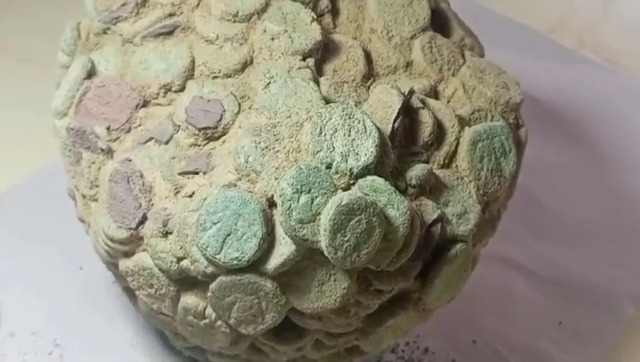
Conclusion: A Rediscovered Link to Ancient History
The unearthing of Kushan-period copper coins at Mohenjo Daro is a reminder of the enduring mysteries hidden beneath the soil of ancient sites. This discovery not only revives interest in the city’s layered history but also underscores the importance of preserving and studying our shared cultural heritage. As conservationists and archaeologists continue their work, who knows what other secrets Mohenjo Daro might reveal in the years to come?
